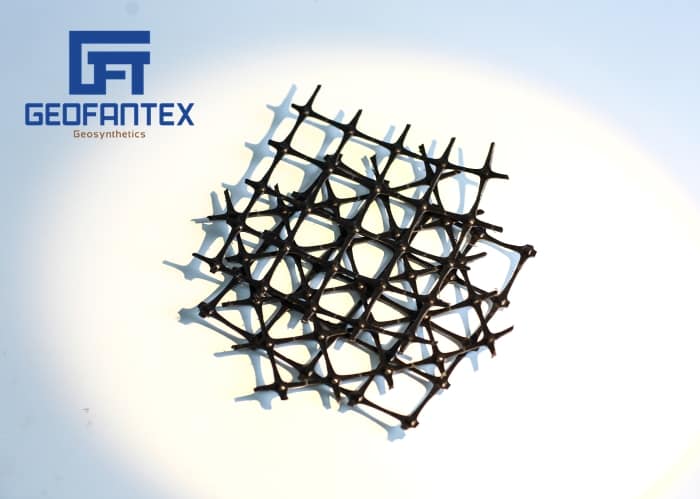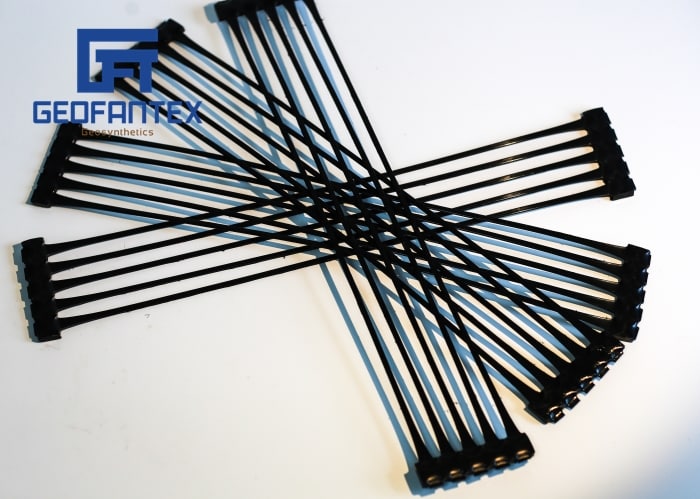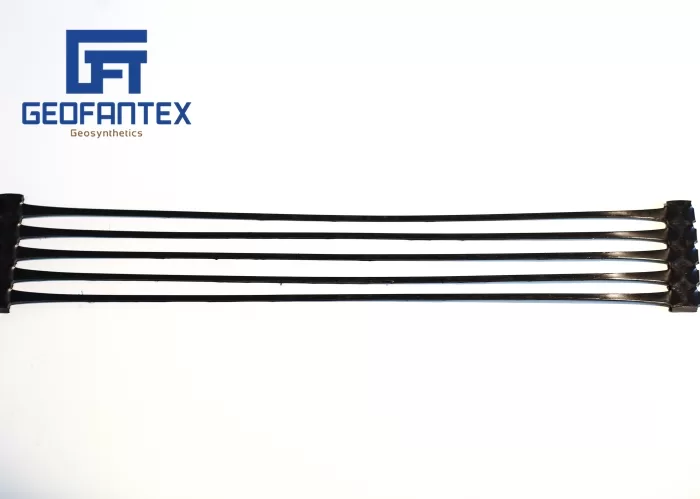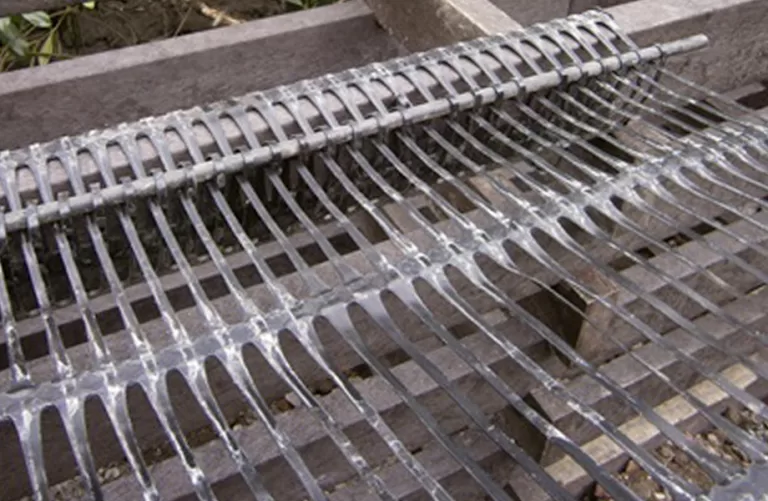+86-159 9860 6917
info@geofantex.com
geofantex@gmail.com
+86-400-8266163-44899
Plastic geogrid and polyester/glass fiber geogrid are materials used in geotechnical and civil engineering applications for soil reinforcement and stabilization. Here’s a breakdown of each:
Plastic Geogrid
A plastic geogrid is a type of geosynthetic material made from polymers like polypropylene (PP) or high-density polyethylene (HDPE). It is designed with a grid-like structure of ribs and apertures, which provides reinforcement for soil, gravel, or other materials. Plastic geogrids are widely used in civil engineering projects to improve the performance and longevity of roads, retaining walls, embankments, and foundations.
Key Features:
- High tensile strength: Helps distribute loads over a wider area.
- Lightweight and durable: Easy to handle and resistant to corrosion.
- UV and chemical resistance: Ideal for outdoor and harsh environments.
- Cost-effective: Reduces the need for deep excavation or expensive fill materials.
Common Applications:
- Road and highway construction
- Reinforcement of retaining walls and slopes
- Base stabilization for railways and airports
- Erosion control in landscaping projects

Polyester/Glass Fiber Geogrid:
- Material: Polyester or glass fibers are used to manufacture these geogrids.
- Structure: Similar to plastic geogrids, they are also produced in a grid-like configuration with openings.
- Function: Polyester/glass fiber geogrids serve the same purpose as plastic geogrids, offering reinforcement and stabilization of soil structures. They are particularly suitable for applications where high tensile strength and stiffness are required.
- Benefits: Polyester/glass fiber geogrids provide excellent tensile strength and stiffness properties, often exceeding those of plastic geogrids. They are also resistant to biological and chemical degradation, enhancing their longevity in harsh environments.
Both types of geogrids play crucial roles in modern civil engineering practices, offering solutions for improving the performance and longevity of various infrastructure projects. The choice between plastic and polyester/glass fiber geogrids depends on factors such as project requirements, environmental conditions, and cost considerations.
As the geogrid is manufactured, the polymers of the polymer will be rearranged and oriented during the heating and extension process, which strengthens the bonding force between the molecular chains and achieves the purpose of improving its strength. Its elongation is only 10% to 15% of the original sheet. If anti-aging materials such as carbon black are added to the geogrid, it can make it have better durability such as acid resistance, alkali resistance, corrosion resistance, and aging resistance.

Fiber Glass Geogrid Installation Guideline
PET Geogrid Installation Guideline
At the same time, the geogrid is a flat mesh material with lightweight and certain flexibility, which is easy to cut and connect on-site, and can also be overlapped. The construction is simple and does not require special construction machinery and professional technicians.
For more information please contact Geofantex Geosynthetics Co., Ltd.
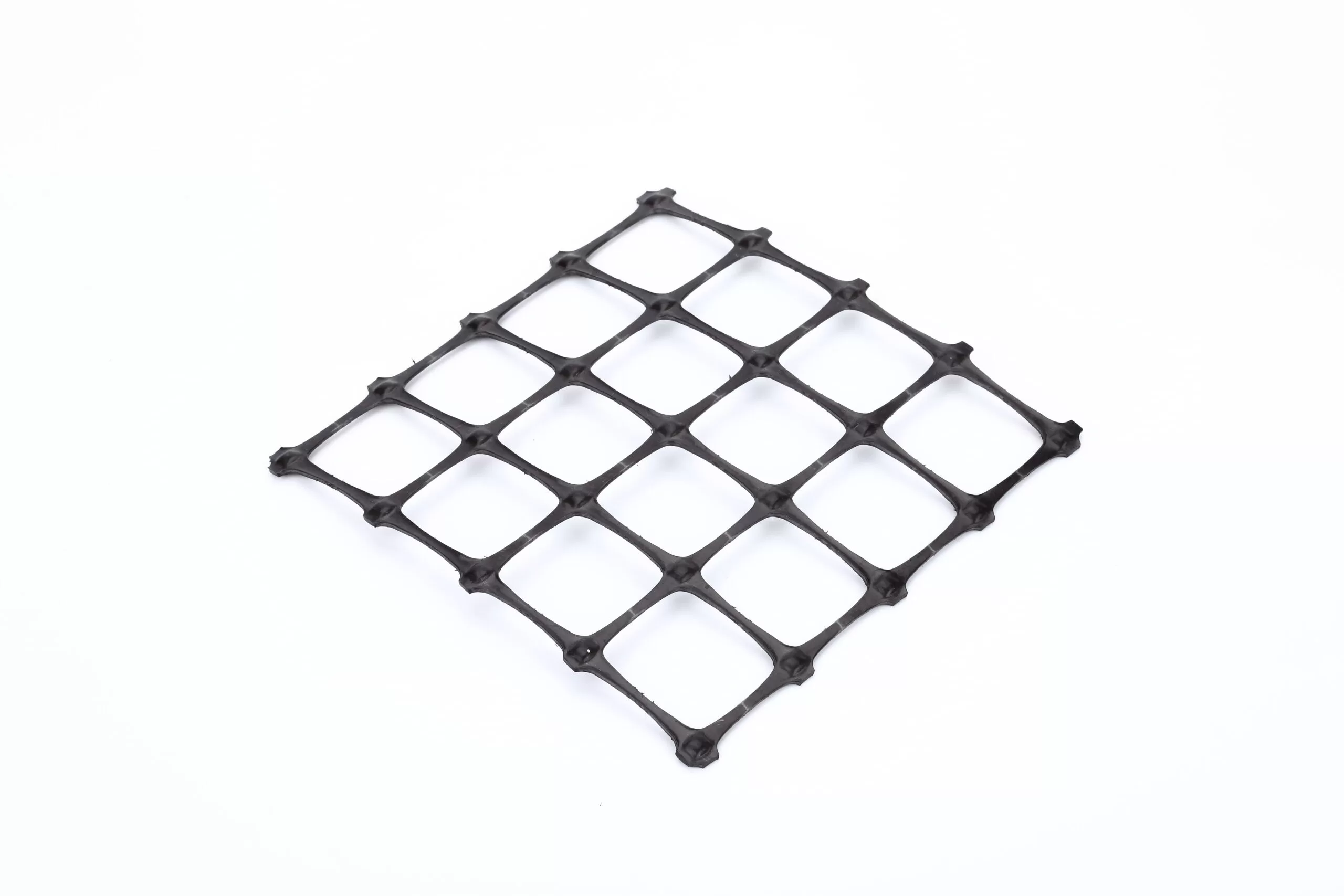

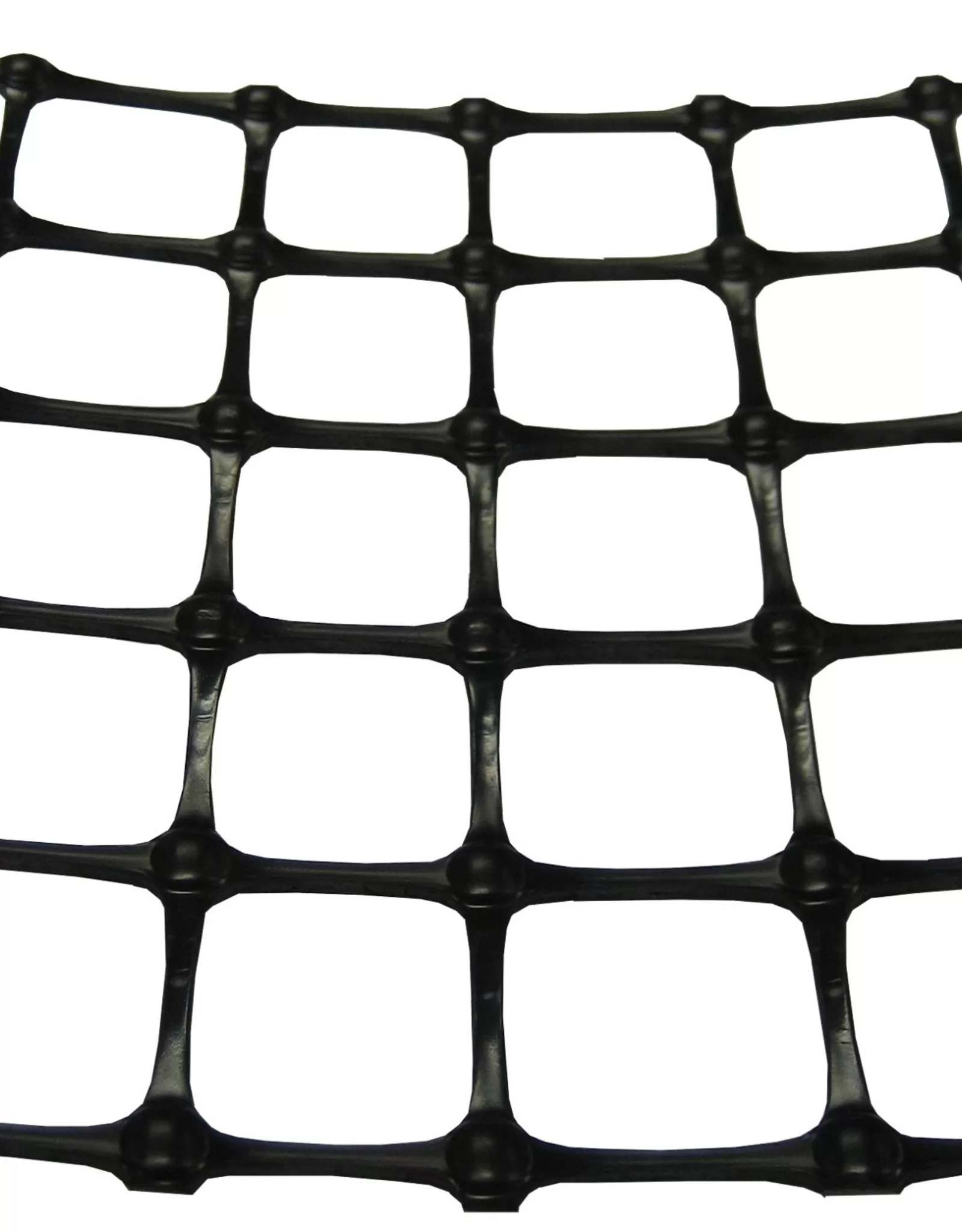
Get Free Sample
We’ll respond as soon as possible(within 12 hours)



















